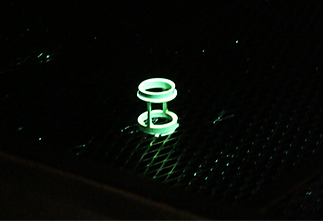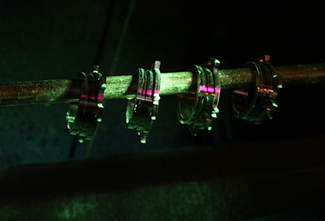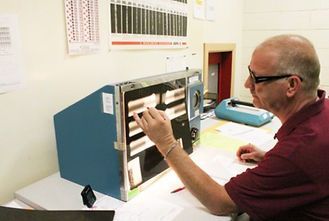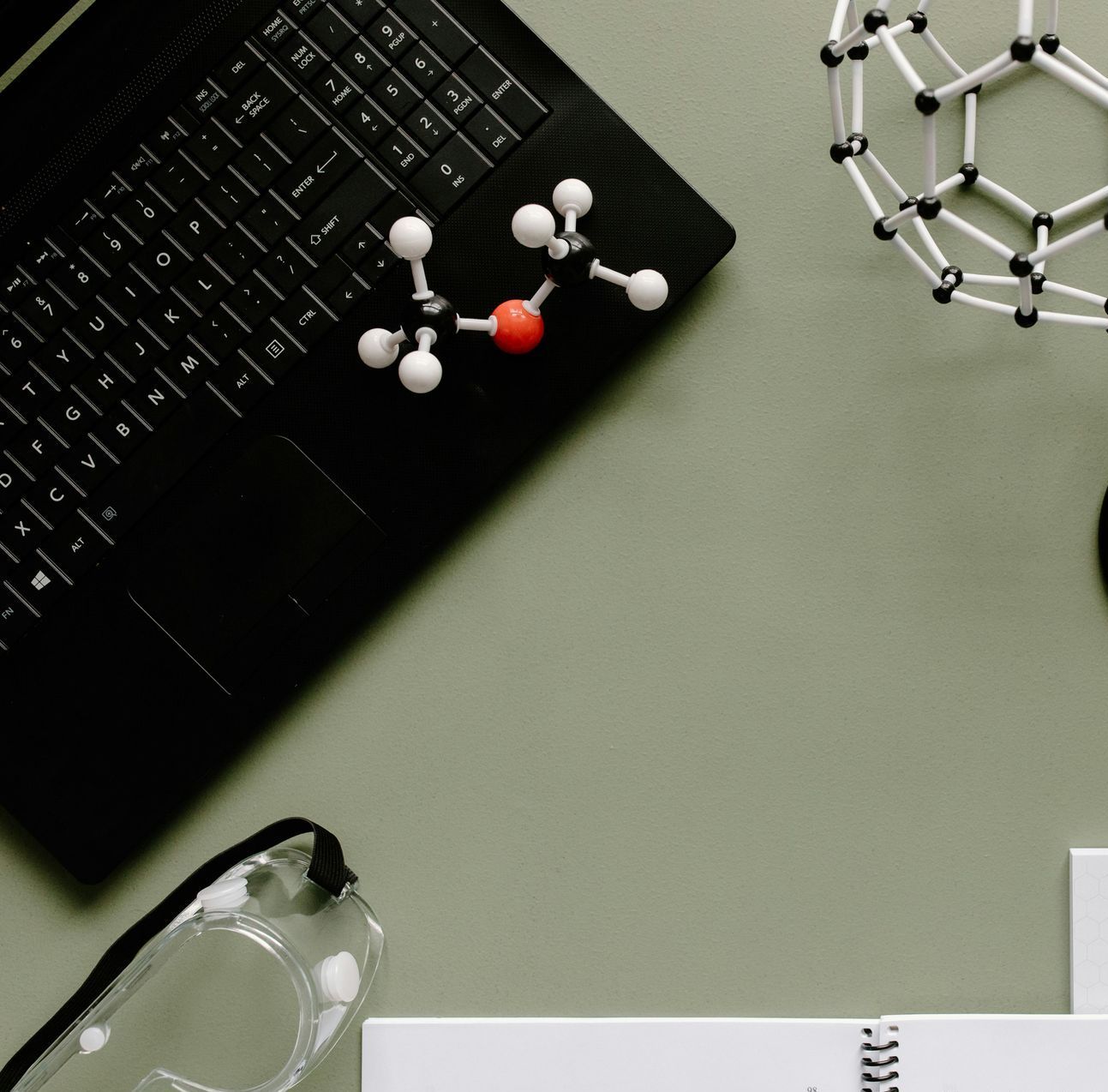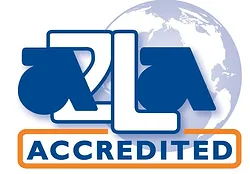TESTING AND ASSOCIATED STANDARDS
Liquid Penetrant- ASTM E165/E165M
ASTM E1417/E1417M
ASTM E1418
AWS: D1.1/D1.1M, D17.1/D17.1M
NAVSEA T9074-AS-GIB-010/271
Magnetic Particle – AMS 2640J (Canceled 1996)
ASTM E709
ASTM E3024
ASTM E1444/E1444M
NAVSEA T9074-AS-GIB-010/271
Film Radiography – ASTM E94/E94M
ASTM E1742/E1742M
ASTM E2104
Computed Radiography - ASTM E1453
ASTM E2002
ASTM E2007
ASTM E2339
ASTM E2445/2445M
Gamma Radiography - ASTM E94/E94M
ASTM E1742/E1742M
NAVSEA T9074-AS-GIB-010/271
Ultrasonic – AMS STD-2154
ASTM A745/A745M
ASTM A388/388M
ASTM A609/609M


